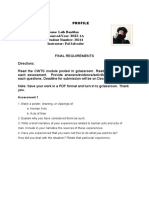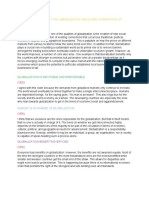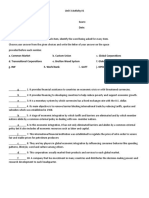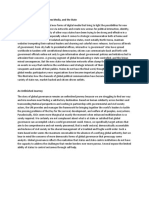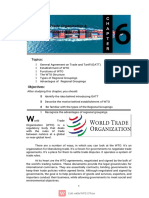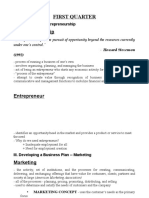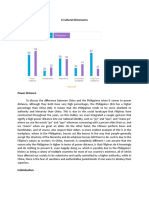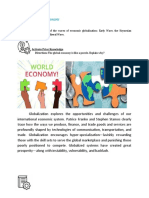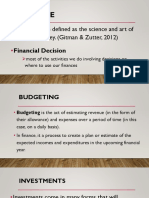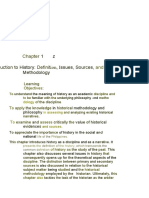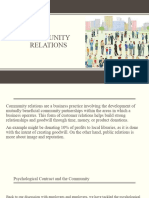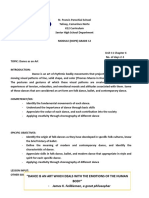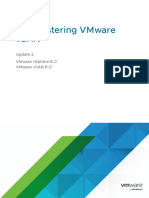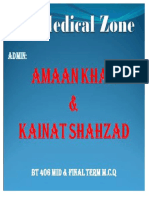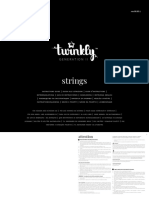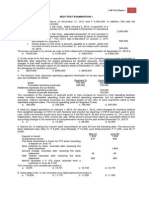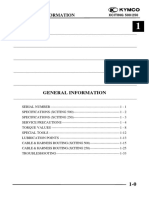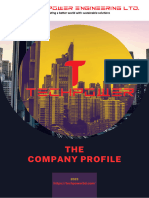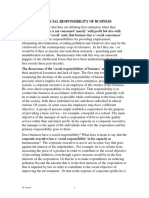0% found this document useful (0 votes)
475 views10 pagesLesson 3 Module Market Integration
This document discusses market integration, which refers to merging separate markets into a single market through economic processes. It examines the roles of global corporations and international organizations in facilitating market integration. Global corporations have emerged as major actors in market integration since the colonial period. International institutions like the WTO and IMF also promote market integration by facilitating global trade and finance. However, some critics argue that international financial institutions can trap developing countries in debt.
Uploaded by
Ton TonCopyright
© © All Rights Reserved
We take content rights seriously. If you suspect this is your content, claim it here.
Available Formats
Download as PDF, TXT or read online on Scribd
0% found this document useful (0 votes)
475 views10 pagesLesson 3 Module Market Integration
This document discusses market integration, which refers to merging separate markets into a single market through economic processes. It examines the roles of global corporations and international organizations in facilitating market integration. Global corporations have emerged as major actors in market integration since the colonial period. International institutions like the WTO and IMF also promote market integration by facilitating global trade and finance. However, some critics argue that international financial institutions can trap developing countries in debt.
Uploaded by
Ton TonCopyright
© © All Rights Reserved
We take content rights seriously. If you suspect this is your content, claim it here.
Available Formats
Download as PDF, TXT or read online on Scribd
/ 10



